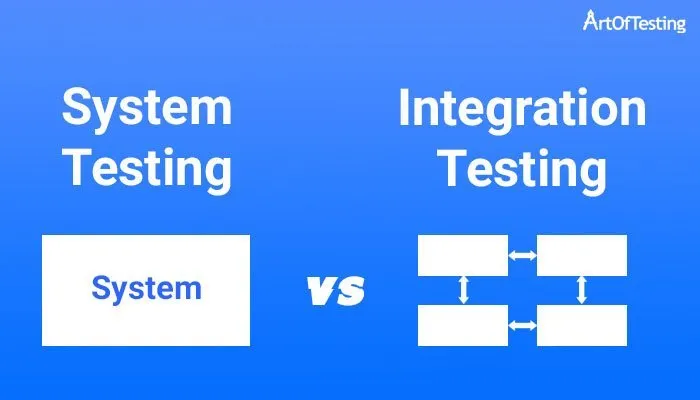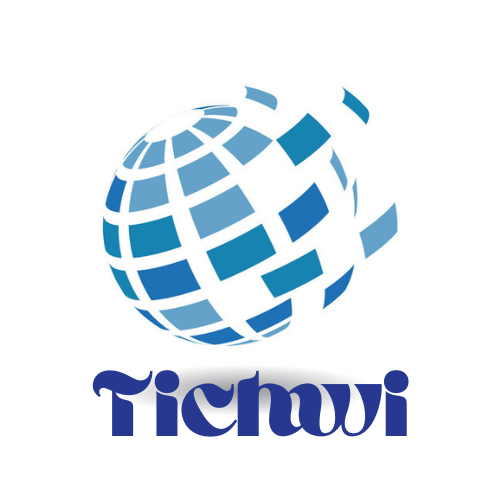Software Integration vs System Integration: What’s the Difference?

In a rapidly evolving digital world, businesses must seek optimal efficiency in their operations to keep up with the competition. To this end, organizations often find themselves looking for effective “software integration services“. But in the hustle of technological progress, firms frequently confuse software integration with system integration, often using the terms interchangeably. This article will delve into the specific differences between these two crucial business processes, illustrating the distinct roles each serves in the broader enterprise network.
Defining Software and System Integration
Software integration involves merging different software subsystems or applications into one unified system. Specific steps in this process may necessitate modifying code on the frontend or backend, ensuring that all interfaces are synchronized and making sure that the aggregated data is consistent. For example, a business might integrate its Customer Relationship Management (CRM) and Enterprise Resource Planning (ERP) systems to facilitate smoother operations and real-time sharing of customer data.
System integration, on the other hand, implies connecting various IT systems, hardware, and software into a single cohesive system. It’s a larger process that incorporates not just software, but also physical components — servers, databases, networks, etc. An example is a telecommunications company integrating various subsystems such as billing, customer service, network operations into a singular, streamlined entity.
The Importance of Integration
Essentially, both software and system integration aim to enhance operational efficiency, reduce process redundancies, and improve the speed and quality of data flow within an organization. A well-integrated system can significantly boost business productivity, streamline processes, enable smoother communication across different teams, and improve customer service.
A survey conducted by the International Data Corporation (IDC) revealed that nearly 30% of their participants believe that system integration is fundamental to the increasingly digital-oriented business world. Meanwhile, the global market for software integration services is predicted to reach $546.8 billion by 2027, indicating the growing demand for these services.
Addressing the Concerns
Despite the apparent advantages, organizations often express concerns about the complexity, potential downtime, and security issues related to integrations. While these are valid concerns, they’re often outweighed by the substantial benefits that a well-executed integration strategy can bring.
The complexity of integration can be mitigated by partnering with experienced integration service providers who possess the necessary knowledge and skills. Downtime, while sometimes unavoidable, can be significantly reduced with proper planning and transparency from the service provider. Security concerns are addressed using rigorous testing methods and up-to-date protocols to safeguard your integrated system against potential threats.
The Essential Differences: Software Integration vs. System Integration
Recognizing the difference between software and system integration is important for businesses to make informed decisions. Software integration focuses solely on merging different software programs to enable better cooperation between them. It overlooks hardware, networks, and other IT-related elements that aren’t part of the software product.
Conversely, system integration is about combining different components of your IT environment – be it software, hardware, or network – into a unified, efficient system. It’s a more holistic approach, ensuring all your IT elements communicate effectively with each other and function harmoniously together.
Understanding Software Integration
Software integration is about bridging the gap between different software systems, allowing them to communicate effectively and deliver synergistic benefits. The principal advantage is that it allows organizations to get the most out of their existing software tools.
The integration process involves creating an interface that allows for data exchange between different software systems. For instance, a healthcare provider might integrate their patient scheduling software with their electronic health records system, allowing patient data to be seamlessly updated across both systems.
Software integration relies heavily on APIs (Application Programming Interfaces) that specify how software components should interact. It also involves data mapping, which concerns the transformation of data from one system to another system’s format.
System Integration: An In-Depth Analysis
On a broader scale, system integration combines different IT systems, including hardware and software, into one coordinated, cohesive system. The goal here is to improve efficiency and productivity by ensuring that all parts of the IT infrastructure work together seamlessly.
System integration often involves complex activities such as designing new processes, upgrading existing systems, adopting new technologies, implementing robust security measures, and training staff. For example, a security firm may integrate access control, video surveillance, and alarm systems into a unified security system to enhance response times and enable a more comprehensive security approach.
In the grand scheme of things, system integration usually acts as an umbrella under which software integration entities exist. It considers the broader perspective, encompassing all IT systems, including software applications, databases, servers, and network systems.
The Challenge of Integration
Regardless of whether it’s software or system integration, the integration process can pave the way for complex challenges. These could include data conflicts between different systems or software, incompatibility issues, potential data loss or corruption, and security concerns. However, with an experienced integration services provider, businesses can navigate these challenges effectively and reap the rewards of a successful integration.
Measuring the Success of Integration
One of the critical factors in integration success is measuring the efficiency gains post-integration. KPIs for integration projects often include system performance, data accuracy and consistency, downtime, and response time. If these metrics show notable improvement following the integration process, you can confidently conclude that your integration project is successful.
The Choice Between Software and System Integration
Choosing between software and system integration often depends on an organization’s specific needs and existing infrastructure. Businesses should conduct a thorough assessment of their systems, data requirements, and operational needs before deciding on either. Often, it’s not an “either-or” scenario; many enterprises find that a combination of the two types provides the most comprehensive and effective strategy to improve their efficiency and productivity.
Innovation is a constant process. The technology landscape keeps evolving. While both software and system integration have their own unique roles, they share a common goal: to ensure that different components of your IT setup work together as a unified, more productive whole. The integration of various aspects of your IT framework, when done right, can make your business more agile, efficient, responsive, and successful in the long run.




